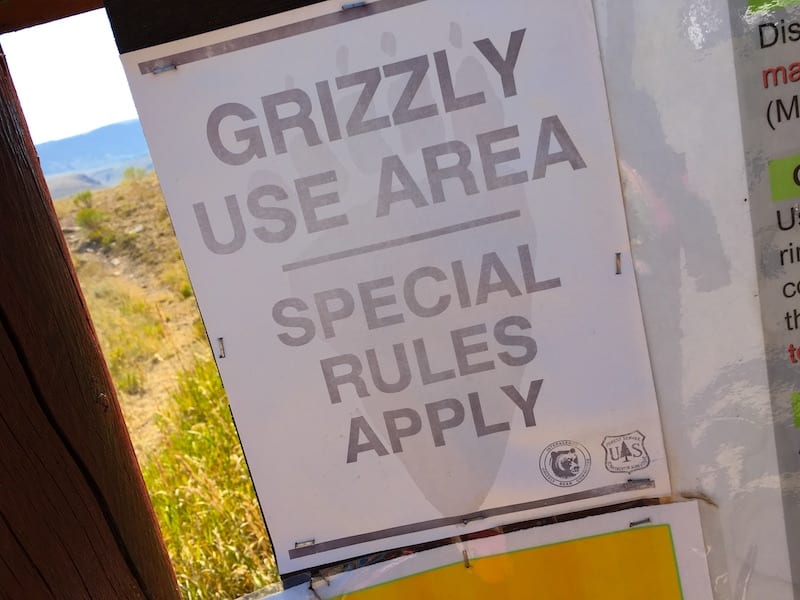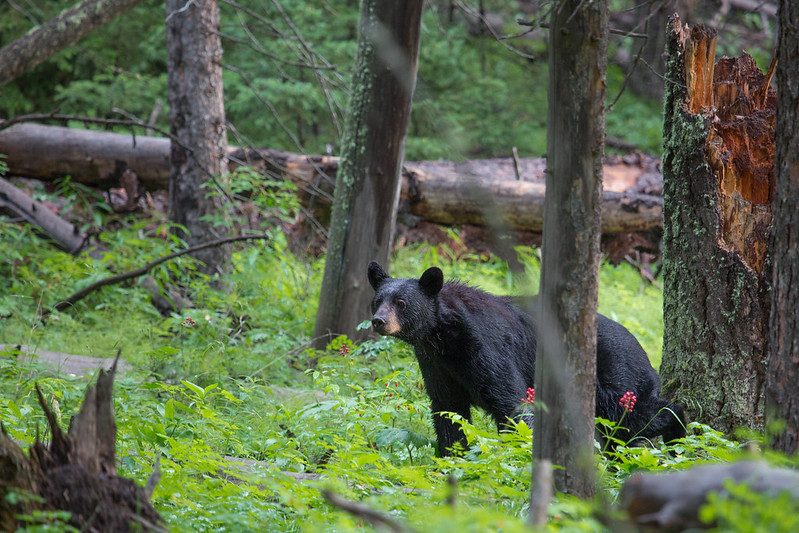
Starting this week, Grand Teton National Park biologists will begin bear capture operations as part of the ongoing research on grizzly and black bears in the Greater Yellowstone Ecosystem. This initiative, necessary for monitoring the grizzly bear population under the Endangered Species Act, will continue until November 15.
During the operations, areas where traps are active will be clearly marked with bright warning signs indicating closures. It’s crucial for public safety—and for the safety of the bears—that these closures are respected and that no one enters these areas. The park ensures that all trap sites are strategically placed away from popular visitor spots such as established roadways, hiking trails, and backcountry campsites.

The biologists use natural food sources, like road-killed elk, to lure the bears into culvert traps. Once captured, the bears are sedated by trained staff who then conduct various procedures including collecting blood and hair samples, and measuring and weighing each bear. Each bear is also fitted with ear tags and a GPS radio collar before they are allowed to recover and released back into their habitat.
The data collected from these operations is essential for the ongoing conservation efforts and provides critical insights into the health and dynamics of bear populations in the region. This information is managed by the Interagency Grizzly Bear Study Team, a group of interdisciplinary scientists and biologists dedicated to the long-term study of grizzly bears within the ecosystem.
- WYDOT Starts Collecting Fuel Tax on Public EV Charging: Ensuring Fair Road Funding - October 17, 2025
- Jim Darwiche Honored with 2025 Clarene Law Memorial Legacy Award - October 16, 2025
- Prepare for Jackson Hole Winter: Clear Streets, Sidewalks, and Join Fall Clean-Up by November 15th - October 16, 2025

